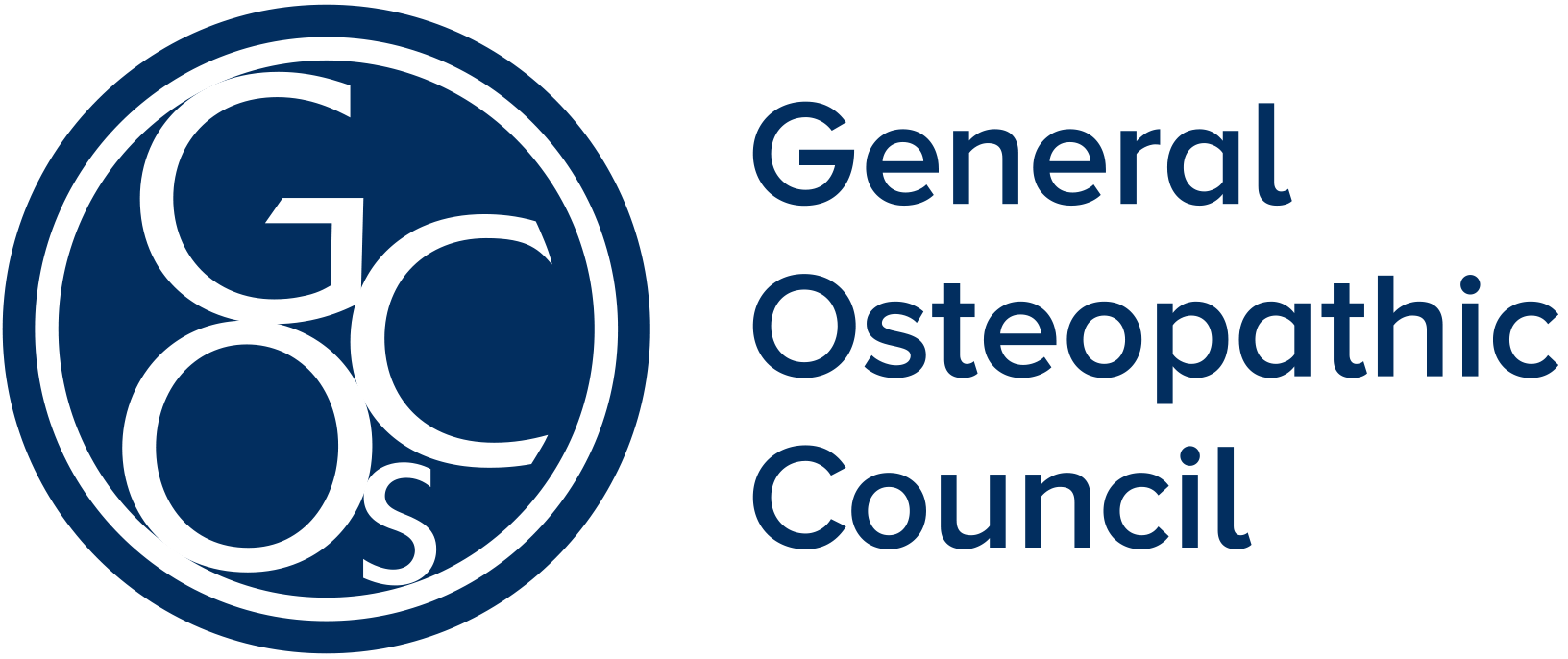C2. You must ensure that your patient records are comprehensive, accurate, legible and completed promptly.
- Records help you to provide good-quality care to your patients and should include:
- date of the consultation
- patient’s personal details
- any problems, symptoms, concerns and priorities discussed with your patient
- relevant medical, family and social history
- your clinical findings
- the information and advice you provide, including a record of how this is communicated to your patient
- a working diagnosis and treatment plan
- records of consent
- any treatment you undertake
- any communication with, about or from the patient
- copies of any correspondence, reports, test results, etc relating to the patient
- clinical response to treatment and treatment outcomes
- the location of your visit if outside your usual consulting rooms
- whether any other person was present and their status
- where an observer is present (for example, a chaperone, peer observer, osteopathic student, or potential student) as well as their status and identity, you should record the patient’s consent to their presence.
- Your notes should be contemporaneous or completed promptly after a consultation (generally on the same day).
- The information you provide in reports and forms or for any other purpose associated with your practice should be honest, accurate and complete.
